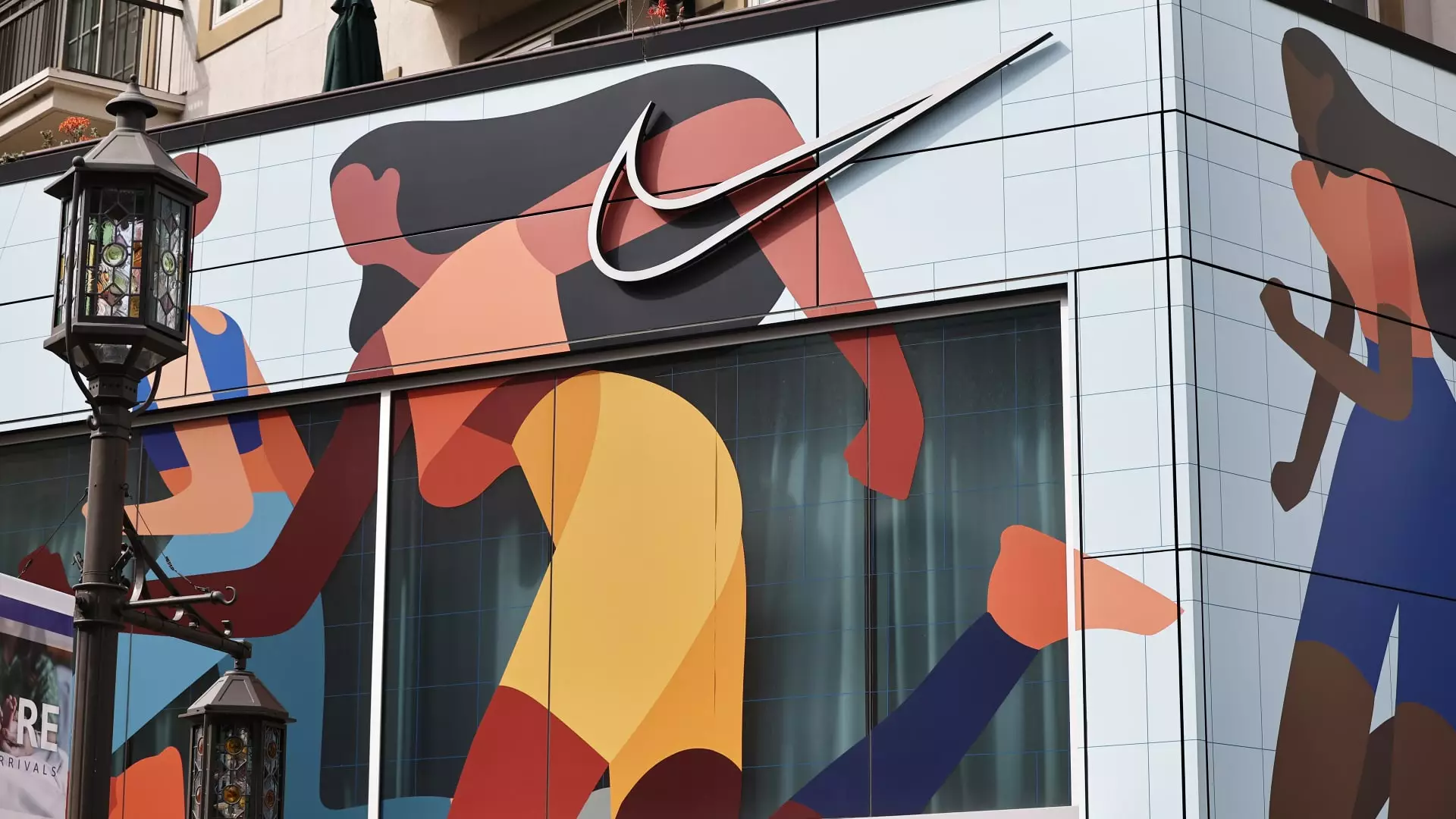Nike’s recent holiday quarter results showed a continued slowdown in sales in China, which is concerning given the importance of this market. Despite this slowdown, the retailer managed to beat estimates on both the top and bottom line, with better than expected growth in North America and strategic price changes driving positive results.
The earnings per share of 77 cents surpassed analyst expectations of 74 cents, while revenue of $12.43 billion exceeded estimates of $12.28 billion. However, Nike shares dropped 5% in extended trading following the announcement. The reported net income for the quarter was $1.17 billion, or 77 cents per share, compared to $1.24 billion, or 79 cents per share, in the previous year.
Sales in North America saw a 3% increase to $5.07 billion, outperforming estimates of $4.75 billion. However, sales in other regions, such as Europe, the Middle East, Africa, China, and Asia Pacific, fell short of expectations. The deceleration of growth in China, where sales climbed 5%, indicates normalization after Covid-19 lockdowns.
In response to shifting consumer spending patterns, Nike focused on cost-cutting measures to enhance profitability and protect margins. The company announced a restructuring plan aimed at reducing costs by $2 billion over the next three years. Additionally, it reduced its workforce by 2% to invest in key growth areas like running, women’s categories, and the Jordan brand.
Nike’s gross margin showed improvement, growing by 1.5 percentage points to 44.8%. Strategic pricing actions, lower ocean freight and logistics costs, and cost-cutting initiatives contributed to this positive trend. However, higher product input costs and restructuring charges offset some of these gains.
While Nike remains a market leader in the sneaker and apparel industry, it faces increased competition from both established and newer brands. Analysts have noted that Nike’s assortment may have lost focus, leading to a decline in market share. The company has also been criticized for falling behind on innovation, allowing competitors like Hoka, On Running, Brooks Running, and New Balance to gain traction.
Some analysts have expressed concerns about Nike’s long-term outlook, citing uncertainties about the company’s direction and future plans. The recent release of the Book 1 basketball shoes received mixed reviews, with critics questioning the design’s suitability for the intended purpose. Analysts like Jessica Ramirez have highlighted the need for a clearer strategy from Nike to regain market confidence.
While Nike’s quarterly performance showed signs of resilience and strategic adaptation, there are lingering concerns about the company’s ability to innovate and stay ahead in a rapidly evolving market. The brand will need to refocus its assortment, drive product innovation, and communicate a clear long-term strategy to maintain its leadership position in the industry.

